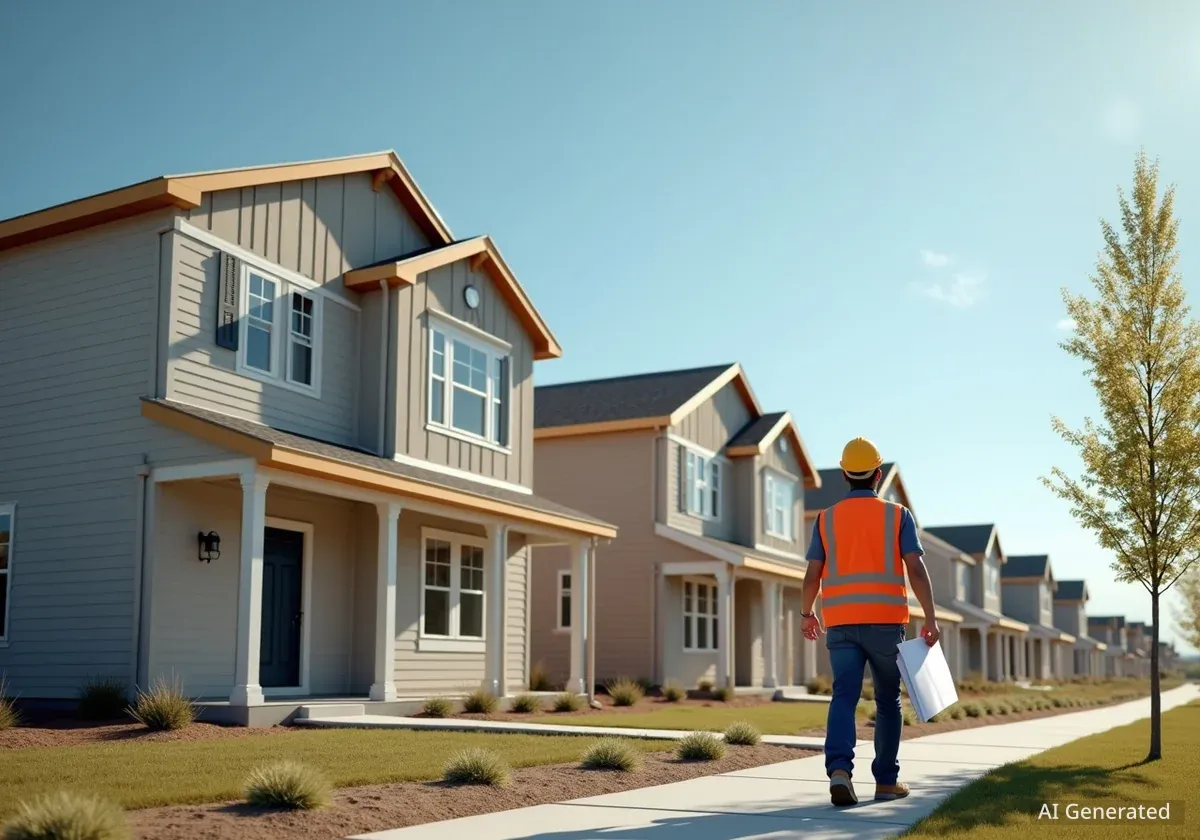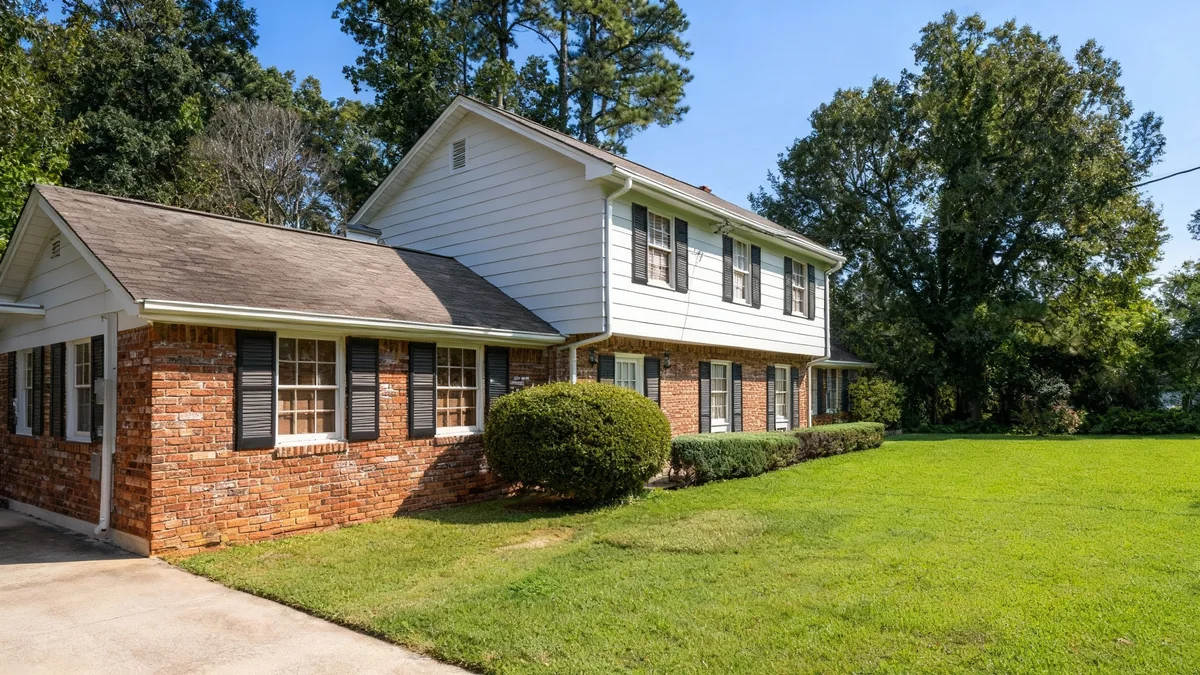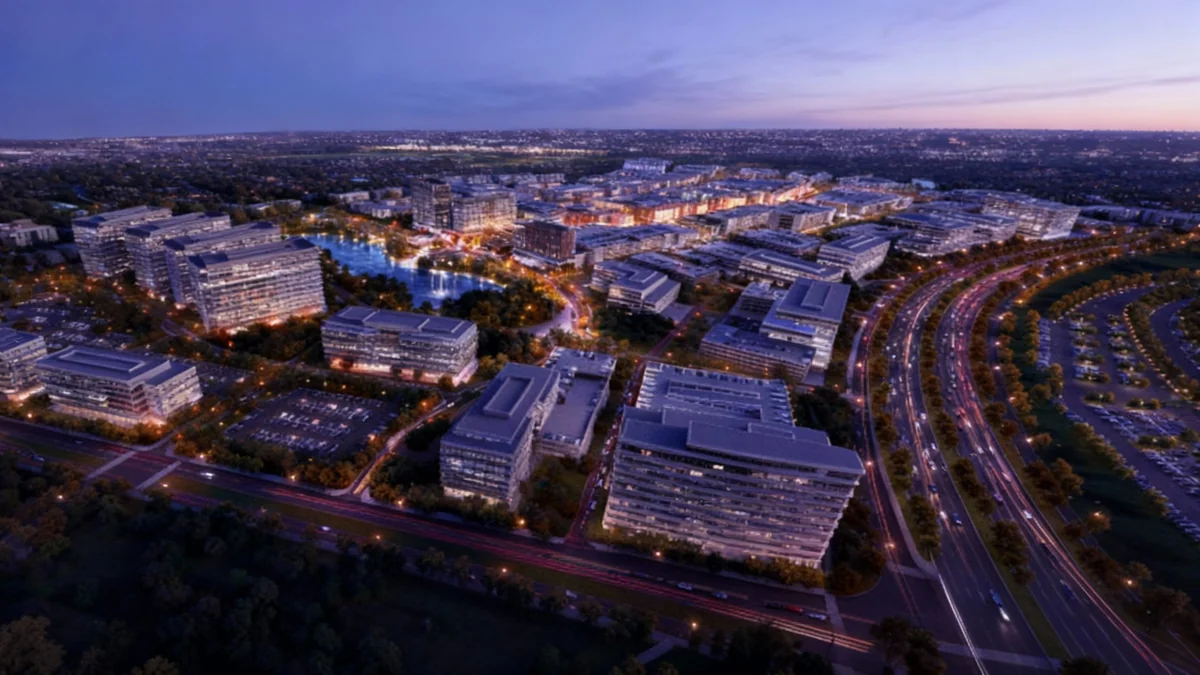Sales of new single-family homes in the United States surged unexpectedly in August, climbing over 20% to reach their fastest pace since early 2022. According to a government report released Wednesday, the significant increase was largely driven by homebuilders offering substantial price cuts and sales incentives to attract buyers.
The annualized sales rate hit 800,000 units, a figure that surpassed all economist predictions. This spike in demand also helped reduce the oversupply of new homes on the market, signaling a potential shift in the housing sector amid ongoing affordability challenges.
Key Takeaways
- New single-family home sales increased by 20.5% in August to an annualized rate of 800,000.
- This marks the fastest sales pace recorded since the beginning of 2022.
- Aggressive builder incentives, including price cuts from 39% of builders, are credited with fueling the demand.
- The inventory of new homes for sale dropped to 490,000, the lowest level this year.
- The median sales price for a new home rose to $413,500, despite widespread incentives.
Builder Strategies Drive Market Activity
The primary force behind the August sales boom appears to be a strategic push from homebuilders. Faced with hesitant buyers concerned about affordability, many construction companies have turned to aggressive incentives to close deals. This proactive approach seems to be effectively luring potential homeowners off the sidelines.
A recent survey from the National Association of Home Builders and Wells Fargo highlighted this trend. It found that 39% of builders reported cutting prices in September, a high not seen since before the pandemic. These discounts are proving to be a powerful motivator in the current economic climate.
A Closer Look at Incentives
The incentives offered go beyond simple price reductions. Builders are also providing mortgage rate buydowns, covering closing costs, and including upgrades at no extra charge. These strategies are designed to lower the initial financial barrier for buyers, making new homes a more attractive option compared to the existing home market, where inventory remains tight.
Major Builders Lead the Charge
Large homebuilders are at the forefront of this incentive-driven strategy. For instance, Lennar Corp., one of the nation's largest builders, recently disclosed that its sales incentives equaled 14.3% of its average home sale price. This figure is more than double the company's typical incentive rate of 5% to 6%, according to Drew Reading, an analyst at Bloomberg Intelligence.
This level of financial inducement demonstrates the lengths builders are willing to go to maintain sales momentum and manage their inventory levels. The market has responded positively, with shares of major homebuilders rising in early trading following the release of the sales report.
Economic Factors and Market Response
The surge in new home sales coincides with a recent decline in mortgage rates, which now stand at their lowest point in a year. Lower borrowing costs directly improve purchasing power for buyers, making monthly payments more manageable and supporting the effectiveness of builder incentives.
Thomas Ryan, a North America economist at Capital Economics, noted the connection between these factors.
"Lower borrowing costs supported a surge in new home sales in August, and could drive further increases in the coming months, given the continued decline in mortgage rates since then," Ryan stated in a note to clients.
This suggests that the combination of builder actions and favorable financing conditions created a potent catalyst for the market in late summer.
Data Volatility
While the 20.5% increase is a strong headline number, the government's report includes a wide margin of error. Officials stated there is a 90% confidence level that the actual change in sales ranged from a 1.3% decline to a 42.3% gain. This volatility is common in monthly housing data.
Skepticism Among Economists
Despite the positive report, not all market observers are convinced the trend will continue. Some economists view the August figures with caution, suggesting they may be an anomaly rather than the start of a sustained recovery. Oliver Allen of Pantheon Macroeconomics described the sharp advance as "implausible," indicating he expects a correction in the near future.
Echoing this sentiment, Stephen Stanley, chief economist at Santander US Capital Markets, also projected that the sales pace is likely to decrease in the coming months. These experts point to persistent affordability issues and broader economic uncertainties as potential headwinds for the housing market.
Regional Trends and Pricing Details
The increase in new home sales was not isolated to one area; it was a broad advance across the country. Sales climbed in all four major U.S. regions. The South, which is the largest region for home sales, saw activity rise to its highest level since March 2021, indicating particularly strong demand in that part of the country.
This widespread growth suggests that the factors driving sales are national in scope, though local market conditions still play a significant role.
Understanding the Median Price Increase
Interestingly, despite the widespread use of incentives and price cuts, the median sales price of a new home actually increased. The median price rose to $413,500 in August. This was only the second time this year that the median price has increased on an annual basis.
Analysts suggest this increase is due to a shift in the types of homes being sold. There was stronger demand for homes priced over $1 million, while a smaller share of transactions occurred at the lower end of the price spectrum. This change in sales mix pushed the median price higher, even as builders offered discounts on individual properties.
New vs. Existing Home Sales
New home sales data, which is based on contract signings, is considered a more timely indicator of market health than existing home sales, which are recorded at closing. The National Association of Realtors is scheduled to release its report on the market for previously owned homes on Thursday, which will provide a more complete picture of the overall housing landscape.
Lingering affordability concerns remain a key challenge. Many potential buyers are still priced out of the market due to high home prices and financing costs, and growing nervousness about the labor market could further dampen demand. The housing sector's path forward will likely depend on the interplay between mortgage rates, builder strategies, and the overall health of the U.S. economy.





